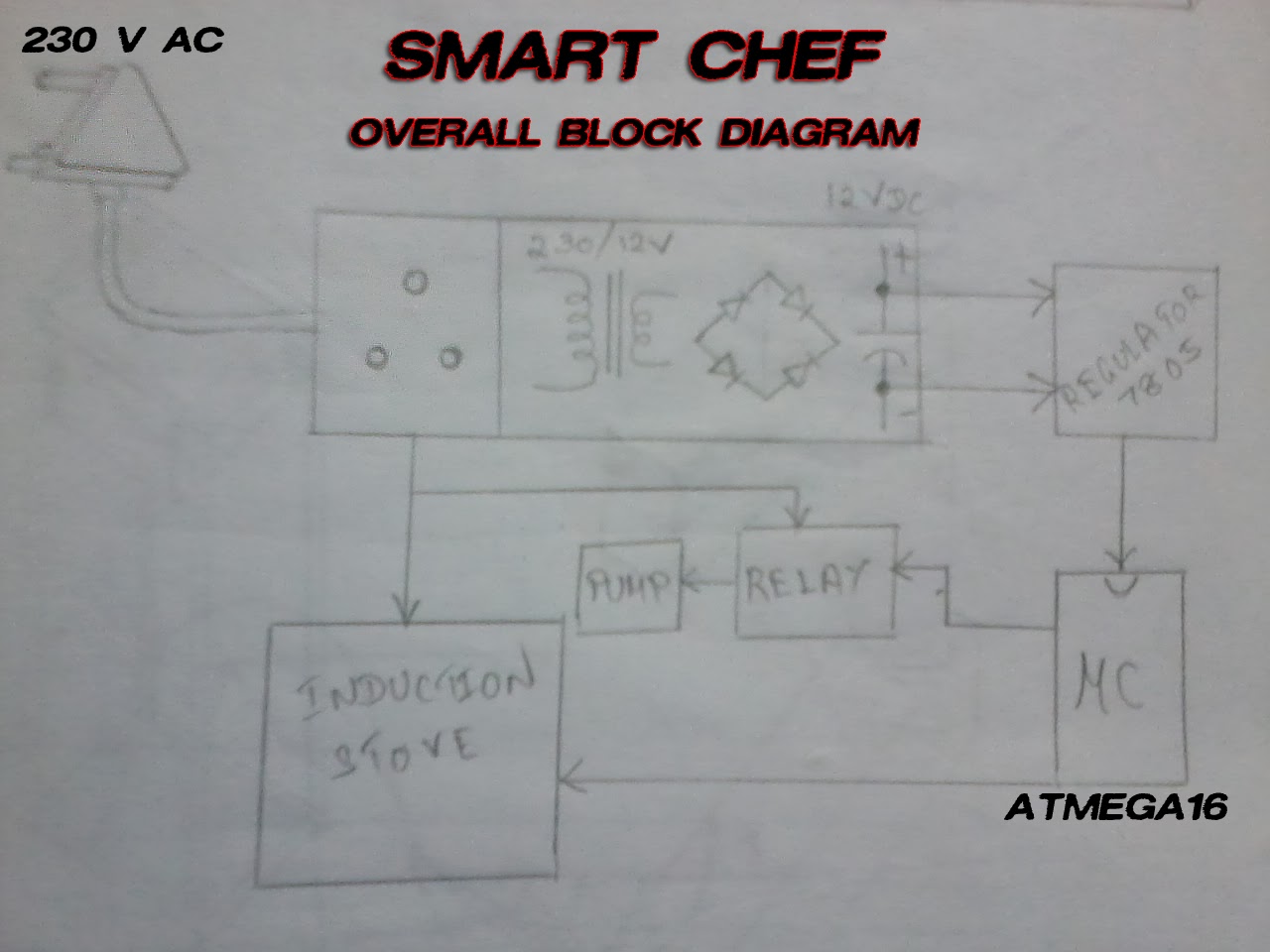Since the time the idea of a food making machine came to my mind, I was in a browsing spree, looking out for files related to this topic. I wanted my project to be an unique one, as I didn't want to replicate the works of other people. Thankfully, such a robot did not exist.
Thanks to the learning at iRobotricks workshop conducted by Robosapiens India at NIT, Trichy. It gave a good start for me into the field of robotics and gave me the much required hands on experience. Following this, we had a theory subject, along with lab sessions at college on Microprocessors and Microcontrollers. Here, we learnt to control stepper motors, interfacing keypads and using LED displays. By this time, I had enough online resources and hands on experience to kick start the project.
I teamed up with Mr. Swaminathan Sankaran and Ms. Saranya Murugan. Together, we started working on fabricating the arm. We contacted several fabricators, only to learn that the design posed a grave threat to our goal. We had a clear goal to create a simple, user friendly machine, yet keeping the costs low. With our initial designs, the cost of fabricating the base and arm was so high that we wouldn't be able to commercialize this product in the future. We, thus, had to change the complete design.
The new design was an inspiration from our senior's project titled "Wireless control of a robotic arm". Prof. Sunderaraman was the project guide for that project.
Thus, the new arm looked like this...
Thanks to the learning at iRobotricks workshop conducted by Robosapiens India at NIT, Trichy. It gave a good start for me into the field of robotics and gave me the much required hands on experience. Following this, we had a theory subject, along with lab sessions at college on Microprocessors and Microcontrollers. Here, we learnt to control stepper motors, interfacing keypads and using LED displays. By this time, I had enough online resources and hands on experience to kick start the project.
I teamed up with Mr. Swaminathan Sankaran and Ms. Saranya Murugan. Together, we started working on fabricating the arm. We contacted several fabricators, only to learn that the design posed a grave threat to our goal. We had a clear goal to create a simple, user friendly machine, yet keeping the costs low. With our initial designs, the cost of fabricating the base and arm was so high that we wouldn't be able to commercialize this product in the future. We, thus, had to change the complete design.
The new design was an inspiration from our senior's project titled "Wireless control of a robotic arm". Prof. Sunderaraman was the project guide for that project.
Thus, the new arm looked like this...
Taking inspiration from how a human would pick up an object, we designed the arm with two axis; one for controlling the shoulder (Limb 1) and the other for controlling the elbow (Limb 2). We replaced all the stepper motors with simple DC geared motors. We added another third axis, to actuate the scooper. But this time we used a stepper motor, since we wanted the scooper to open and close precisely. Here is how we designed the various actuators.
Controlling the shoulder...
Controlling the elbow...
Design of the scooper...
We were able to control the individual motors with a development board sporting an ATMEGA16 microcontroller. We had used L293D Dual H-Bridge motor driver to boost the digital output of ATMEGA16. We had also tried interpolating all the three axis. The process required turning certain digital outputs ON and OFF at specific times. All these operations were controlled by digital inputs from the user as well as position sensors. To make the shoulder stop at positions where the ingredient containers were placed, we used feedback from a limit switch. Here's how we interfaced the limit switch on the body of the shoulder.
We had to submit a basic algorithm of the overall process to the review committee. After a lot of brainstorming, we cooked up this algorithm.
Here is a pic of the control board we had developed for controlling the motors.
The first review was a grand success!






























